Introduction
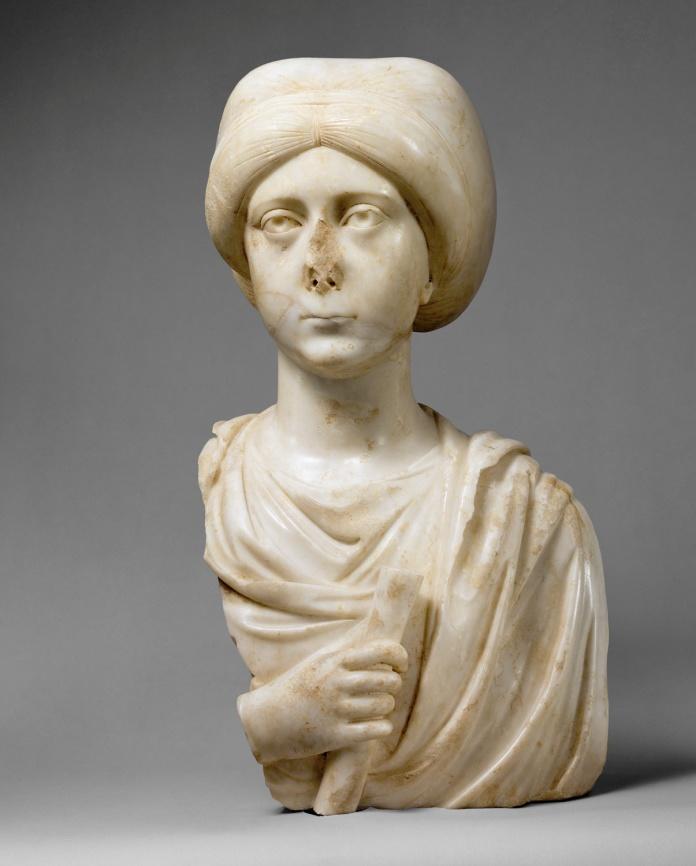
- Name: Unknown
- Title: Marble Portrait Bust of a Woman with a Scroll
- Date: late 4th–early 5th century
- Medium: Pentelic Marble
Marble busts were one of the common forms of art in the Early Middle Ages; they preceded Christian art in the form of icons and were the heritage of Greek and Roman art. Marble busts often represented the elite. In this case, the woman’s clothing indicates that she was an aristocrat (Metropolitan Museum of Art, n.d.). The work is significant because it demonstrates how the elite looked during that time. Additionally, we have the opportunity to examine the clothes typical for that period (the mantle and the head covering), as well as notice that elite citizens were often immortalized in marble.
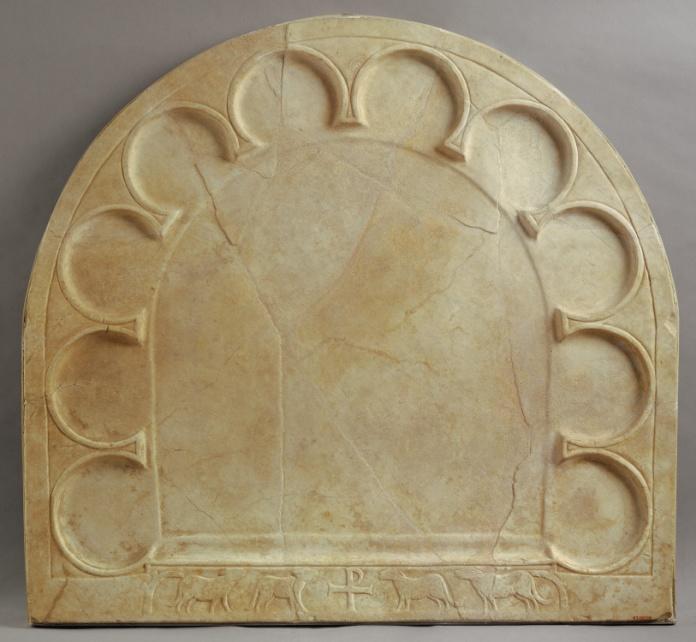
- Name: Unknown
- Title: Tabletop
- Date: 400–600 CE
- Medium: Marble
Such marble tabletops were mostly used for celebrations during feasts dedicated to the dead. The pattern carved is standard for works of art created in Byzantine, but here Christian influence is seen. Four sheep at the edge of the tabletop represent the blessed (Metropolitan Museum of Art, n.d.). This work is important not only because it shows what objects were used for feast celebrations but also because it registers the growing influence of Christianity on art.
The Romanesque Period
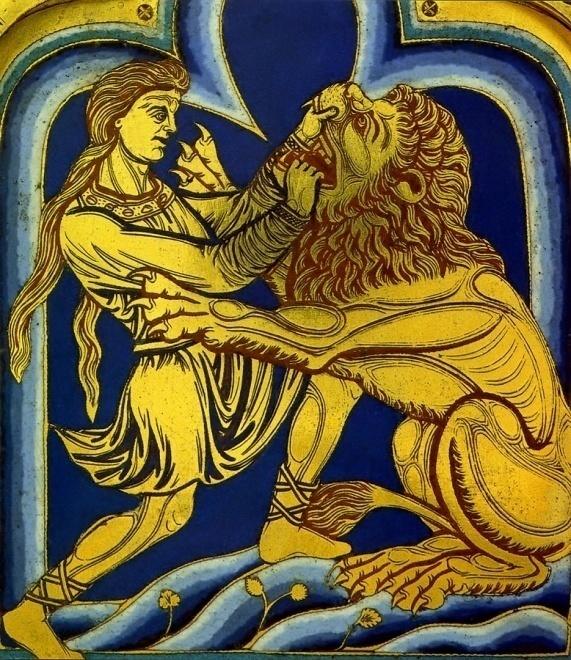
- Name: Nicholas of Verdun
- Title: Samson Kills the Lion
- Date: 1181
- Medium: Golden copper, metal, enamel
Nicholas of Verdun is one of the most famous representatives of the Romanesque period. Refined design, the use of gold, small statues depicting Christian saints or other figures, and Biblical references characterize the Romanesque and can be seen in this piece. Samson Kills the Lion is a piece of an altar created by Nicholas of Verdun. Three tiers of it represent different Biblical concepts: the Creation of the world, the gift of the Law, and the New Covenant (“Altarpiece of Klostenburg,” n.d.). The representation of Christian concepts in altars as a form of art is legendary, and Samson Kills the Lion is one of the best examples of it. It also indicates the predominant role of Christianity in Europe during that era.
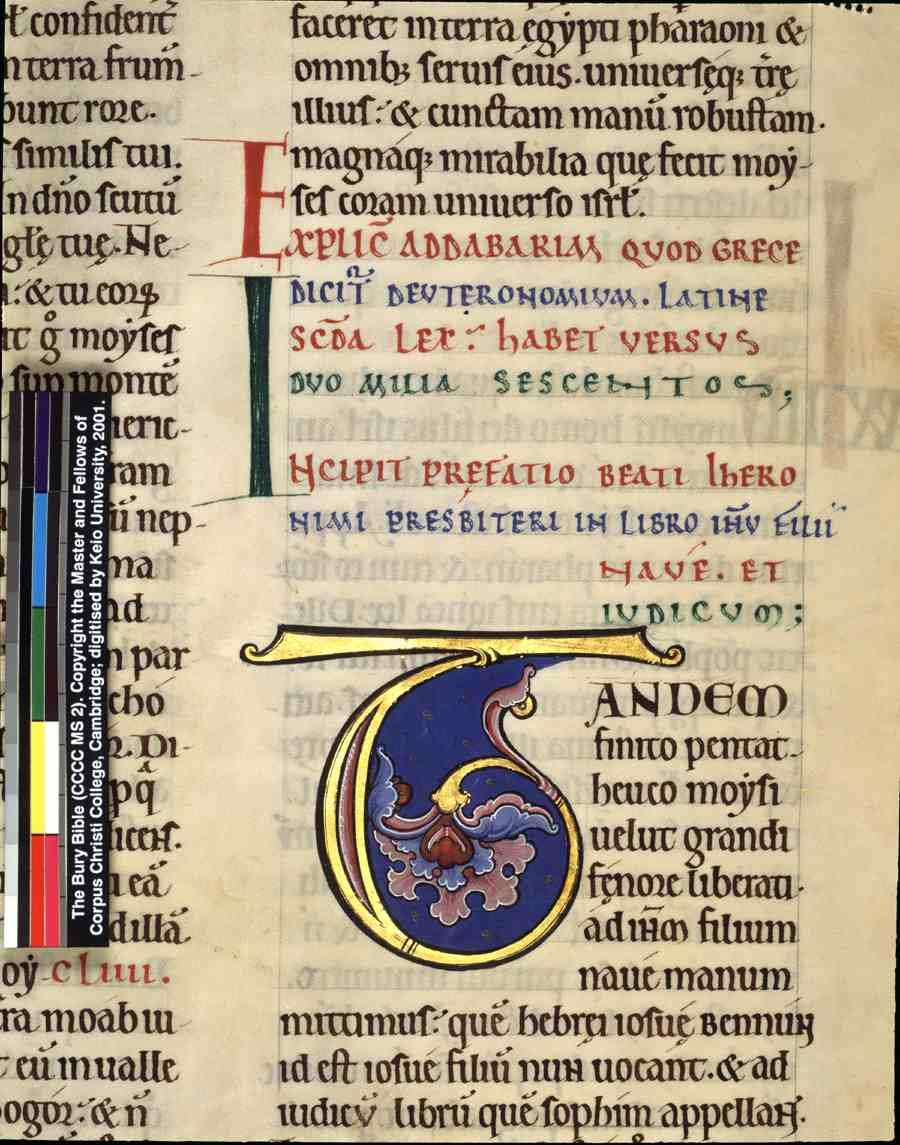
- Name: Master Hugo
- Title: Illuminations for the Bury Bible
- Date: 1130-1140
- Medium: Calfskin, ink, gold.
The Bury Bible is a perfect example of Romanesque art. Its illuminations in gold and other colors that contain small, professionally painted details are recognizable as works of art by Master Hugo. Some assume he is the most prominent innovator of “the main line of English Romanesque art” (Parker, 1981, p. 99). Its cultural significance is in its unique, recognizable style that is representative of the Romanesque art as a whole.
Gothic Period
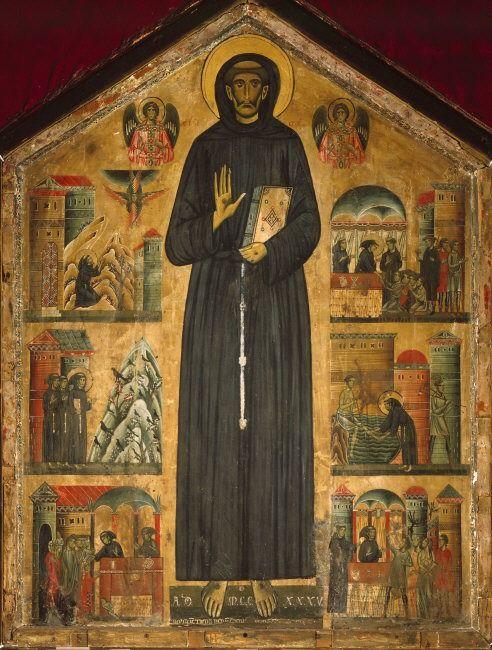
- Name: Bonaventura Berlinghieri
- Title: Saint Francis Altarpiece
- Date: 1235
- Medium: Tempera on wood
When compared to the Romanesque, Bonaventura’s art appears to be darker, more dramatic, although also with an emphasis on details. Panel paintings are often seen in Gothic art too. Byzantine influence is seen in this piece (the pose, the scene sequence, etc.) (Open Academy, n.d.). Nevertheless, it is a good example of Gothic art (free arrangement of figures, the darker colors, the use of painting for an altar) and, therefore, culturally significant.
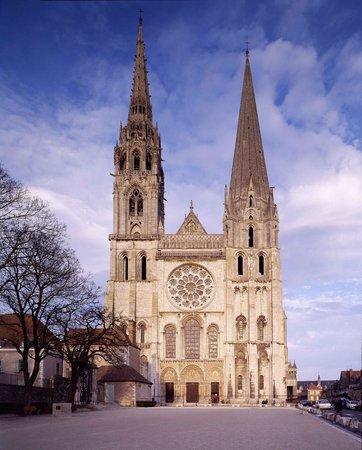
- Name: Unknown
- Title: Chartres Cathedral
- Date: 1220
- Medium: Stone, stained glass, gold, silver
Chartres Cathedral is an example of French Gothic art (UNESCO, n.d.). Although some of the sculptures were added later, the cathedral is characterized by their variety and stained glass, both common for Gothic art. Ogival style and vastness are typical for Gothic architecture, too (UNESCO, n.d.). It is culturally significant due to its originality that remains preserved for years.
Conclusion
While the Early Middle Age art carries the marks of Roman and Greek styles, the Romanesque transforms into refined artworks richly decorated with details. The Gothic style appears to be more complex than the other two. However, it is difficult to distinguish between the Romanesque and Gothic styles sometimes. Furthermore, both of them often reflect Biblical events and figures. Gold and silver are commonly used in both. Marble is more typical for Early Middle Age pieces of art.
References
Altarpiece of Klostenburg. (n.d.). Web.
Metropolitan Museum of Art. (n.d.). Works of art timeline. Web.
Open Academy. (n.d.). Bonaventura Berlinghieri. Web.
Parker, E. C. (1981). Master Hugo as sculptor: A source for the style of the Bury Bible. Gesta, 20(1), 99-109.
UNESCO. (n.d.). Chartres Cathedral. Web.